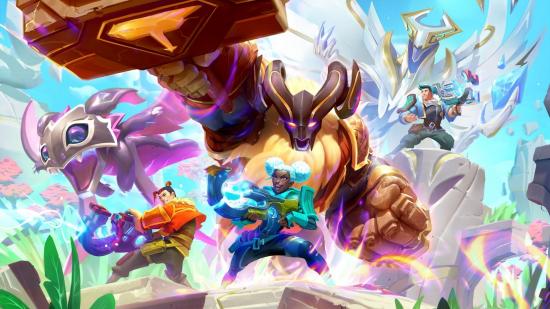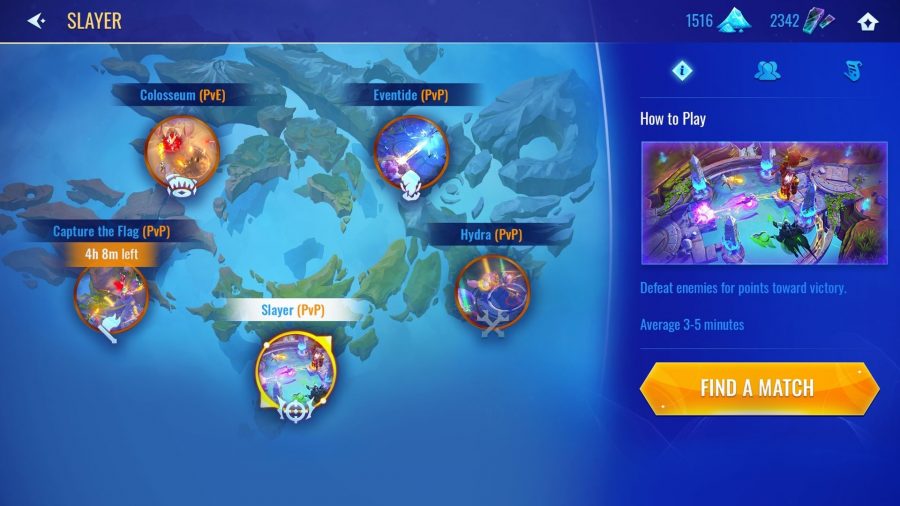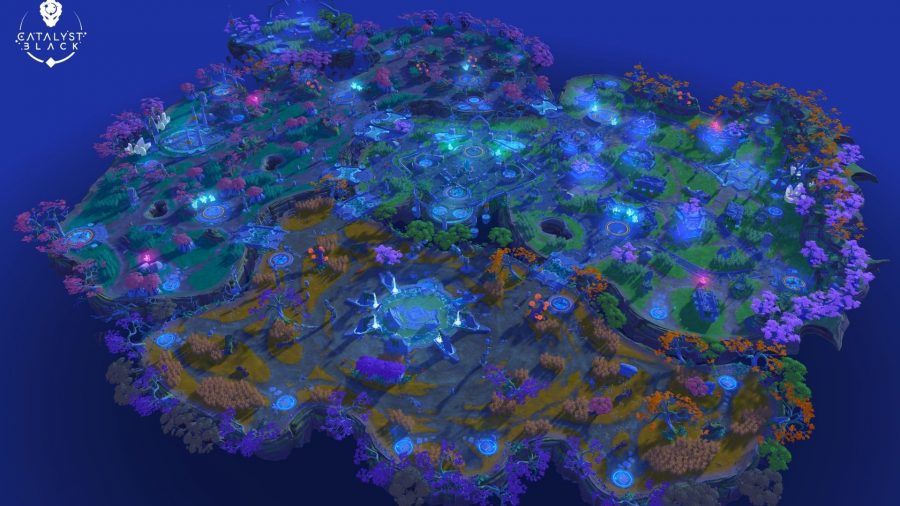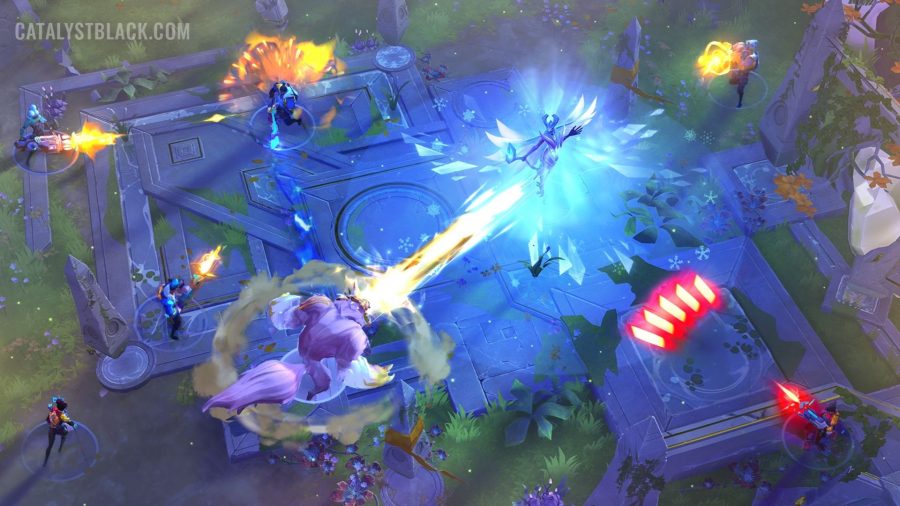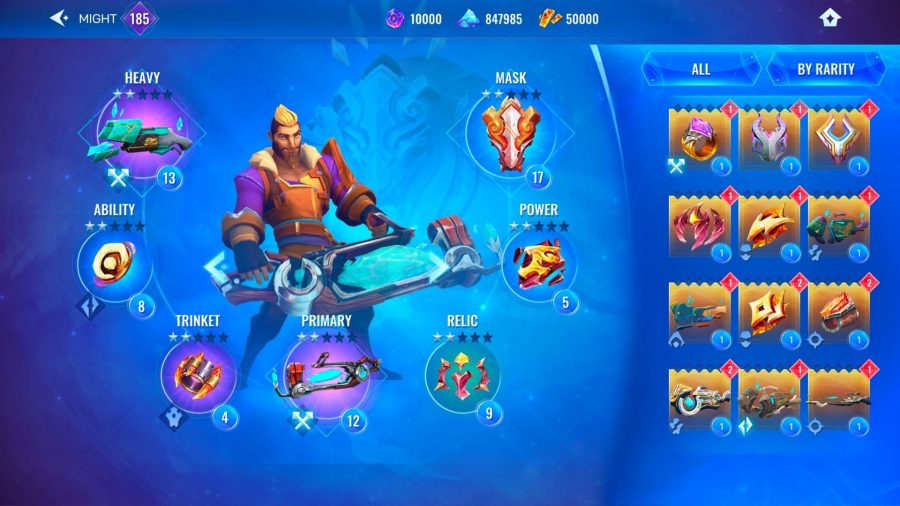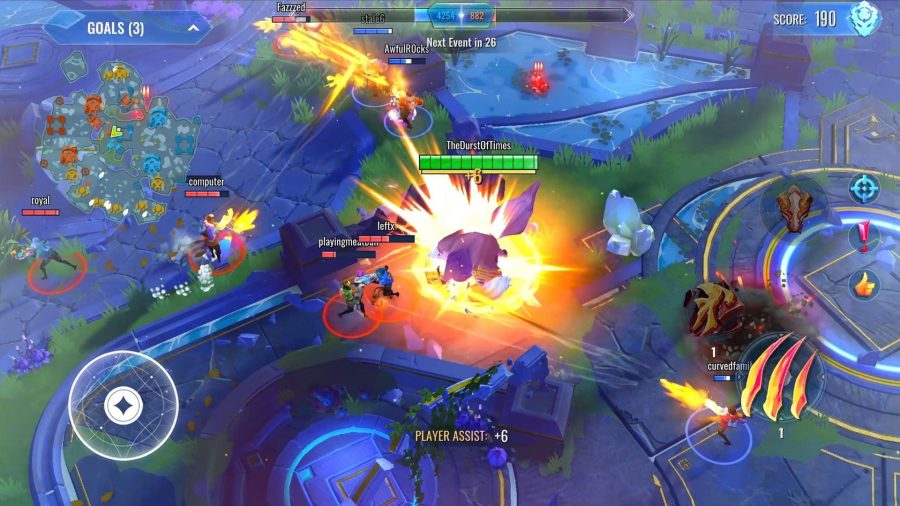Our Verdict
Catalyst Black is excellent at giving you a good time. The numerous game modes and loadout options are fun to play around in, and the scale of some of the maps is really impressive. I just wish there was something that made me want to keep coming back, which there isn't for now.
Catalyst Black looks like a MOBA on the surface. The viewpoint, the map, the characters – at a quick glance they look similar to Super Evil Megacorp’s previous game Vainglory. But that couldn’t be further from the truth. The developer describes it as a team-based, drop-in drop-out, battleground shooter, and that’s pretty spot-on, but it does undersell the scale of it all.
It has elements of Overwatch, a grisly-voiced announcer like Halo, and controls like a twin-stick shooter with a few extra abilities. It’s an interesting mash-up, but one that feels great to play. The first time I jumped in, I accidentally skipped the tutorial, but that didn’t matter. I got to grips with it instantly.
It’s all presented on bright and vibrant maps. Visually, stuff is pretty clear for the most part, but some more intense sections of gameplay can become a bit messy, making it hard to parse who’s friend or foe. The game also runs really smoothly on my iPhone 11, so any newer hardware should find it a breeze. The visual aesthetic isn’t really to my liking – think Fortnite combined with League of Legends – but that’s just me. Hopefully, you like it more.
There are five game modes: Slayer, Hydra, Colosseum, Eventide, and Capture the Flag. Slayer is what you expect – two teams trying to kill each other, and the first to 25 kills wins. Colosseum is a PvE mode where you have to defeat various monsters, and Capture the Flag involves – believe it or not – capturing a flag.
Slayer is great fun straight away, with an obvious objective to complete, perfect for a quick session. Colosseum and Capture the Flag are similarly easy to get to grips with, but can last a little longer. The two modes I haven’t mentioned yet, Hydra and Eventide, are where things get a bit more interesting.
In the Hydra game mode there are three ways to win: harvest 20 shards, destroy the enemy overseer, or kill each opponent three times. Shards are scattered throughout the map, and if you control a central point, then you can return them and move towards victory. An overseer is a powerful enemy in each opponent’s half, and taking it down will get you the win. Lastly, each opponent has three lives. If every single enemy loses all three, you’re the victor.
These three objectives mean that there’s always something to be keeping an eye on, or a way to change your team’s objective on the fly. Is the enemy too distracted grabbing shards? Go take down their overseer. They get alerts when the overseer is under attack, but if they’re too slow to get to you, it’s a great way to snatch a win. No matter what, there’s always something to do.
In Eventide, Catalyst Black shows off its party piece. This mode is set on a massive map – it’s seriously impressive how big it is – and has multiple objectives that net your team points. You can capture and hold outposts, bring shards back to base or slay major bosses, and kill players and creatures to raise your team’s score. There are also PvP and PvE events that occur throughout the map, which can get you big rewards.
These matches can be very long, but aren’t boring for the most part. Similarly to Hydra, there’s always something to do, but this time on a bigger scale. If a PvP event occurs, you really should get to it to give your team the best chance of winning, as there’s a huge number of points available. Once a team hits 28k points, an event starts that counts down to the end of the game. Whoever has the most at the end of that event wins.
All these game modes can be a lot to take in, but Catalyst Black does a good enough job of giving them to you slowly enough that you get to grips with them. It’s not stingy, it’s just well-paced. You can also drop into a friend’s game once it’s already started, or jump out when you need to, which is useful. There’s so much to do, just in terms of the mode to choose, that I haven’t even mentioned the bevvy of items and different builds that are crucial to every game.
Every character has a primary weapon and a heavy weapon. The primary weapon is the one you use most, and it can vary from shotguns and rocket launchers to flamethrowers and assault rifles. These can change your movement speed, which is key in Catalyst Black, so you have to choose wisely.
Heavy weapons are particularly effective against larger, non-human enemies. There are the same categories as with your primary weapon, but they behave differently, have limited ammo, and require some precise aiming. You also have abilities, ranging from basic team heals to leaps that deal damage when you land. Then there are trinkets which boost certain things, like giving you an extra dodge, or decreasing enemy damage when you hit them.
These four things – primary weapons, heavy weapons, abilities, and trinkets – all come with a banner. Choosing a loadout that provides the biggest boost by combining items with the same banner is the best way to get the most out of your character. Check out our Catalyst Black tier list for a rundown of all the banners, but I also recommend just playing around with them yourself to work out what’s best for you.
So, there’s already all this stuff in the loadout, and I haven’t even mentioned masks, a key aspect of every game mode in Catalyst Black. Throughout a game, you collect primal energy, whether by finding it on the map or taking down monsters. Your primal energy also increases naturally, but much more slowly than if you hunt it down.
Once you have enough energy, you can turn primal, making you a big, more powerful creature. The creature you turn into is based on your mask. You can be a big, slow, melee bruiser good at crowd control, or a quicker one great at closing distances. These monsters can decimate an inexperienced team quickly, and are also just good fun to play as.
Alongside all of this are quests to complete, an ascension rank that works like a free battle pass getting you new stuff to play with, a huge number of weapons to get your head around, and lots, lots more. The weirdest thing about it all, though, is that it doesn’t overwhelm for the most part. I feel like I understand the purpose of all these different aspects, even if sometimes there’s a little too much to keep track of.
So, what’s the main takeaway from my brief time with Catalyst Black? Well, it’s just instant fun. It fits perfectly on mobile, is super easy to understand and play quickly, has an unbelievable amount of different stuff inside it, and has some really impressive maps and game modes. They still have a few balance tweaks to make the game better, but at launch, it’s in pretty good shape.
But my other takeaway is that I don’t think this will turn into a daily fix for me. It’s fun, for sure, but that’s not enough to keep me interested. The developer has even more in the pipeline, so maybe that will change in the future. But for now, the best thing about it is how quickly it gives you a good time. I just don’t know if it has legs.
